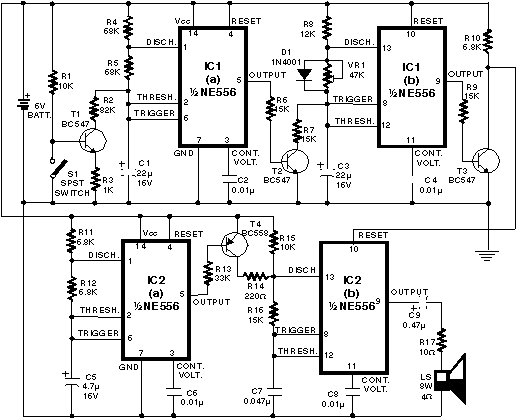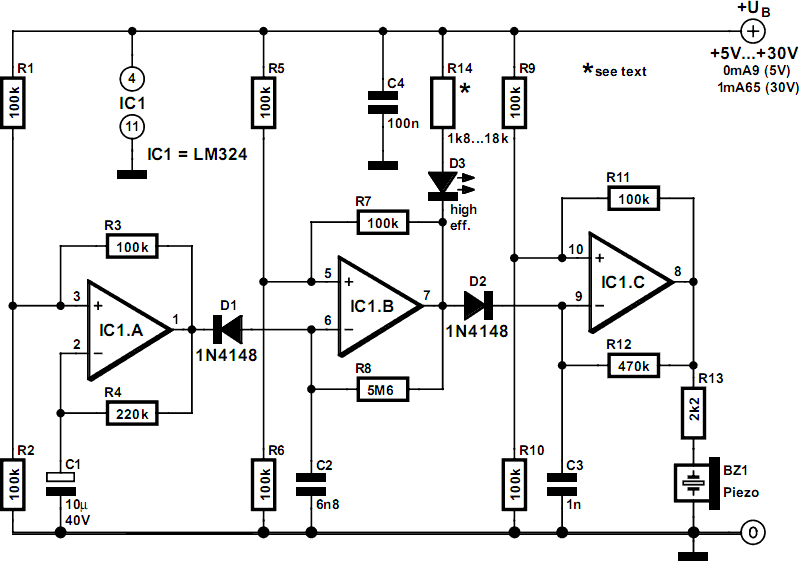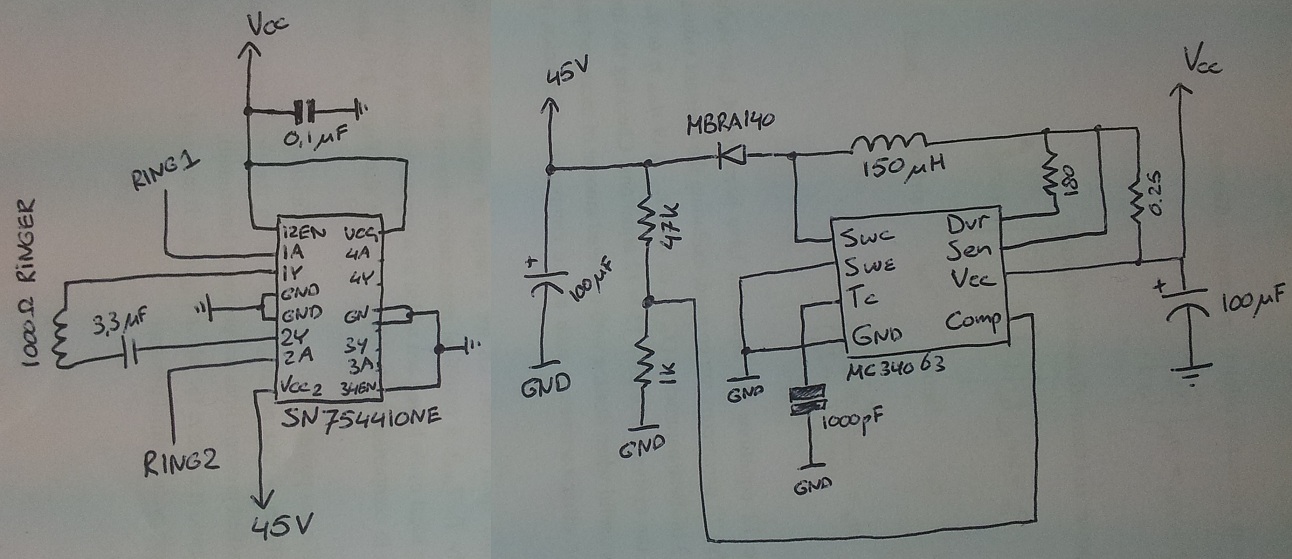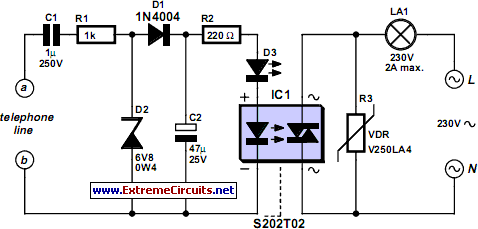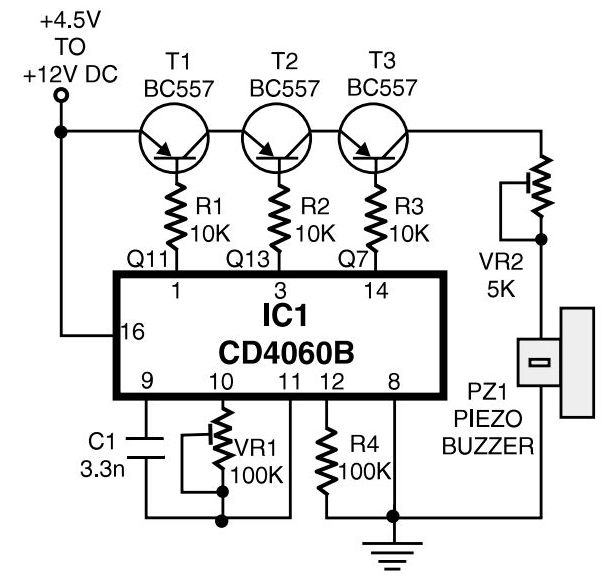
telephone taps
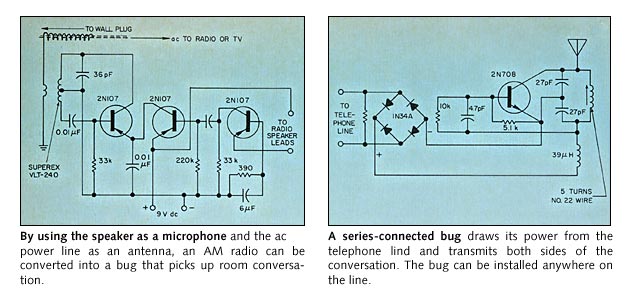
Telephone tapping involves the unauthorized interception of telephone communications. Technical Surveillance Counter-Measures (TSCM) are employed to conduct bug sweeps on telephones, computer data lines, and offices to eliminate electronic eavesdropping and wiretaps.
Telephone tapping represents a significant privacy concern, necessitating the implementation of robust counter-surveillance techniques. TSCM professionals utilize specialized equipment to detect and neutralize unauthorized surveillance devices. This process typically involves a thorough examination of electronic systems, including telephones and computer networks, as well as physical inspections of the environment to identify hidden microphones or other listening devices.
During a TSCM sweep, various methodologies are employed. Signal analysis tools assess the electromagnetic spectrum for unusual transmissions that may indicate the presence of bugging devices. Additionally, physical inspections involve checking for anomalies in wiring and electronic components that might suggest tampering. The goal is to ensure that all communication lines remain secure and free from unauthorized interception.
In office environments, TSCM services may include evaluating the integrity of data lines and ensuring that digital communications are safeguarded against hacking attempts. The comprehensive nature of TSCM sweeps provides individuals and organizations with confidence in their communication security, allowing them to operate without the fear of being monitored or compromised.About telephone tapping. TSCM bug sweeps telephone, computer data lines, and bug sweep offices to free them of electronic eavesdropping and wiretaps.. 🔗 External reference
Telephone tapping represents a significant privacy concern, necessitating the implementation of robust counter-surveillance techniques. TSCM professionals utilize specialized equipment to detect and neutralize unauthorized surveillance devices. This process typically involves a thorough examination of electronic systems, including telephones and computer networks, as well as physical inspections of the environment to identify hidden microphones or other listening devices.
During a TSCM sweep, various methodologies are employed. Signal analysis tools assess the electromagnetic spectrum for unusual transmissions that may indicate the presence of bugging devices. Additionally, physical inspections involve checking for anomalies in wiring and electronic components that might suggest tampering. The goal is to ensure that all communication lines remain secure and free from unauthorized interception.
In office environments, TSCM services may include evaluating the integrity of data lines and ensuring that digital communications are safeguarded against hacking attempts. The comprehensive nature of TSCM sweeps provides individuals and organizations with confidence in their communication security, allowing them to operate without the fear of being monitored or compromised.About telephone tapping. TSCM bug sweeps telephone, computer data lines, and bug sweep offices to free them of electronic eavesdropping and wiretaps.. 🔗 External reference
